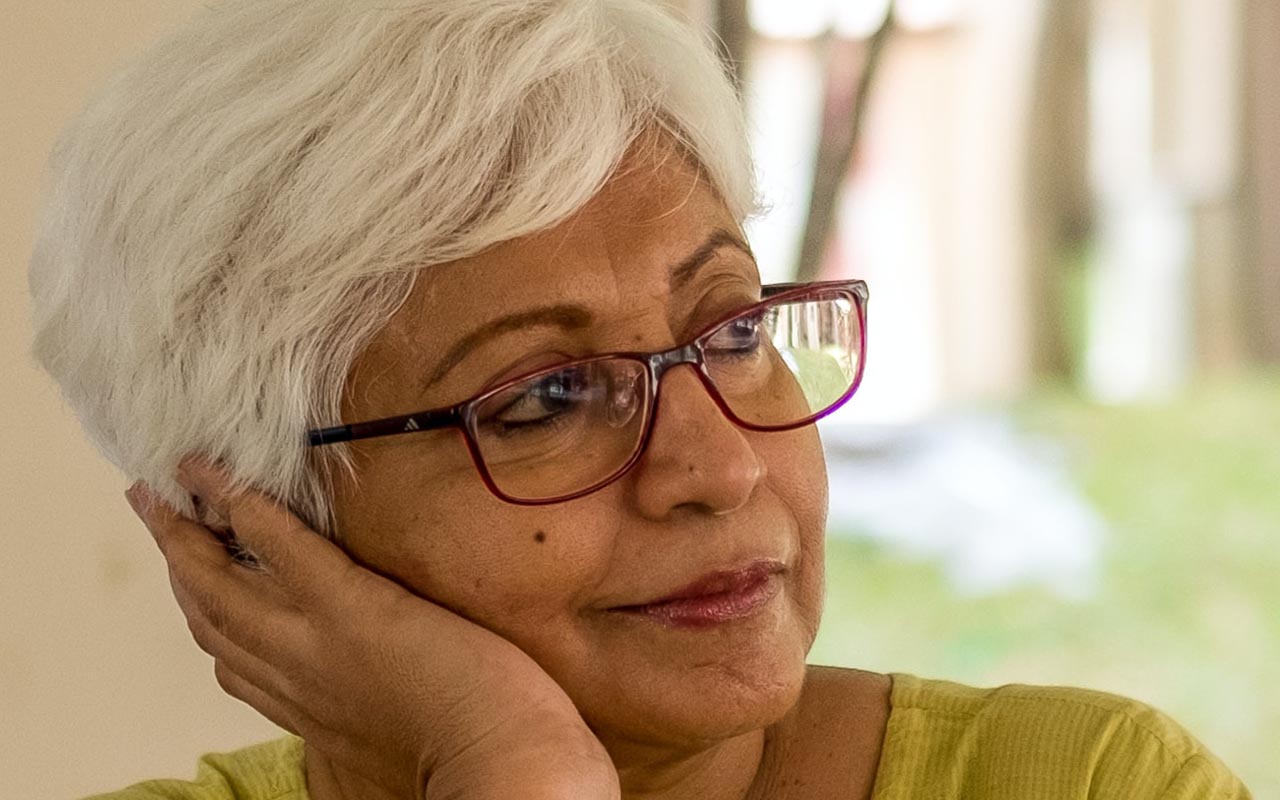Research
Detecting glaucoma’s undiagnosed 50%
CERA’s new Health Services Research Unit has a mission to eliminate undetected glaucoma in the community and prevent irreversible vision loss.
There have been many advances in glaucoma treatment in recent years but one statistic about the disease remains stubbornly persistent. Glaucoma is the world’s leading cause of irreversible blindness – but at least half of the people living with the disease don’t know they have it.
In Australia, it’s estimated about 150,000 people with glaucoma are undiagnosed and missing out on treatment to save their sight.
Often called the ‘silent thief of sight’ because it has no symptoms in its early stages, glaucoma can be difficult to diagnose and by the time a patient notices vision loss, irreversible damage has occurred.
But now a new Health Services Research Unit at CERA is investigating new ways of screening for glaucoma to improve detection rates, enable earlier treatment and prevent blindness.
“We want our research to have a tangible impact, so that in the future when eye health is measured in national surveys we will see fewer undiagnosed individuals,’’ says Principal Investigator .
“Our mission is to help our current eye health services find those 150,000 Australians with undiagnosed glaucoma.’’
Systemic approach to glaucoma screening
While encouraging people over 40 to have regular eye examinations is one way of improving detection, another is a more systemic and consistent approach to glaucoma screening across the eye health sector.
Larsen says the potential to lift glaucoma detection rates is illustrated by Medicare figures which show that the utilisation of visual field tests in optometry – a key clinical test employed to facilitate diagnosing and monitoring glaucoma – is low compared to the expected prevalence of the disease in the community.
In his former role as Group Eye Director with Specsavers, Larsen oversaw the introduction of new systems and approaches including clinical benchmarking for optometry, which improved detection and referral rates for glaucoma and diabetic eye disease.
Evidence generated from his research will be used to formulate recommendations on how the eye care sector can evolve to improve eye health outcomes.
Further studies will also investigate new approaches to detecting and treating other eye diseases including diabetic retinopathy, age-related macular degeneration and cataracts.
Early glaucoma diagnosis
Larsen says one of the challenges for optometrists in diagnosing the early stages of glaucoma is that most patients attending a typical practice will not have the disease.
“By having access to such a massive amount of data, our research can provide a framework for detecting glaucoma and help optometry practices measure patient outcomes and set benchmarks,’’ he says.
“Most optometry practices will see less than one person a week with glaucoma, so the benefit of providing access to this aggregate data about glaucoma is that it provides a framework for a smaller practice to follow.
“We also hope it will encourage more optometry practices to collect data about their own patient outcomes and review them against benchmarks.’’
Larsen says another difficulty in detecting glaucoma early is that many people with undiagnosed disease have normal eye pressure.
“In early glaucoma there can be subtle changes in the optic nerve without any increase in eye pressure – and this the most prevalent form of undiagnosed glaucoma,’’ he says.
“So, while eye pressure is an important part of diagnosing glaucoma, it should not necessarily be the lead indicator.’’

Many people with undiagnosed glaucoma have normal eye pressure.
Understanding technology
Larsen says new technologies are also transforming diagnosis and becoming increasingly important in primary eye care settings like optometry.
“Optical coherence tomography (OCT) scanning can pick up structure change in the eye before there is any measurable functional loss,’’ he says.
“Visual field tests are getting quicker and easier and able to pick up vision loss at a lower threshold.
“Artificial intelligence will also play an increasingly important role in detecting eye diseases – and while all of these technologies offer exciting possibilities, we also need to have the right systems and processes in place.’’
